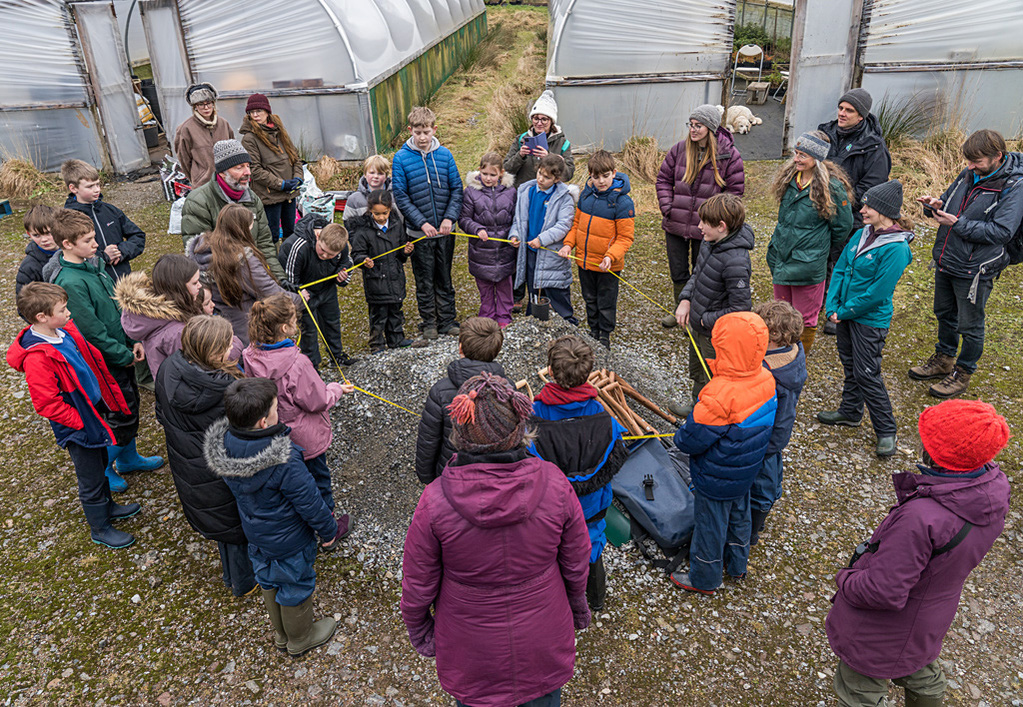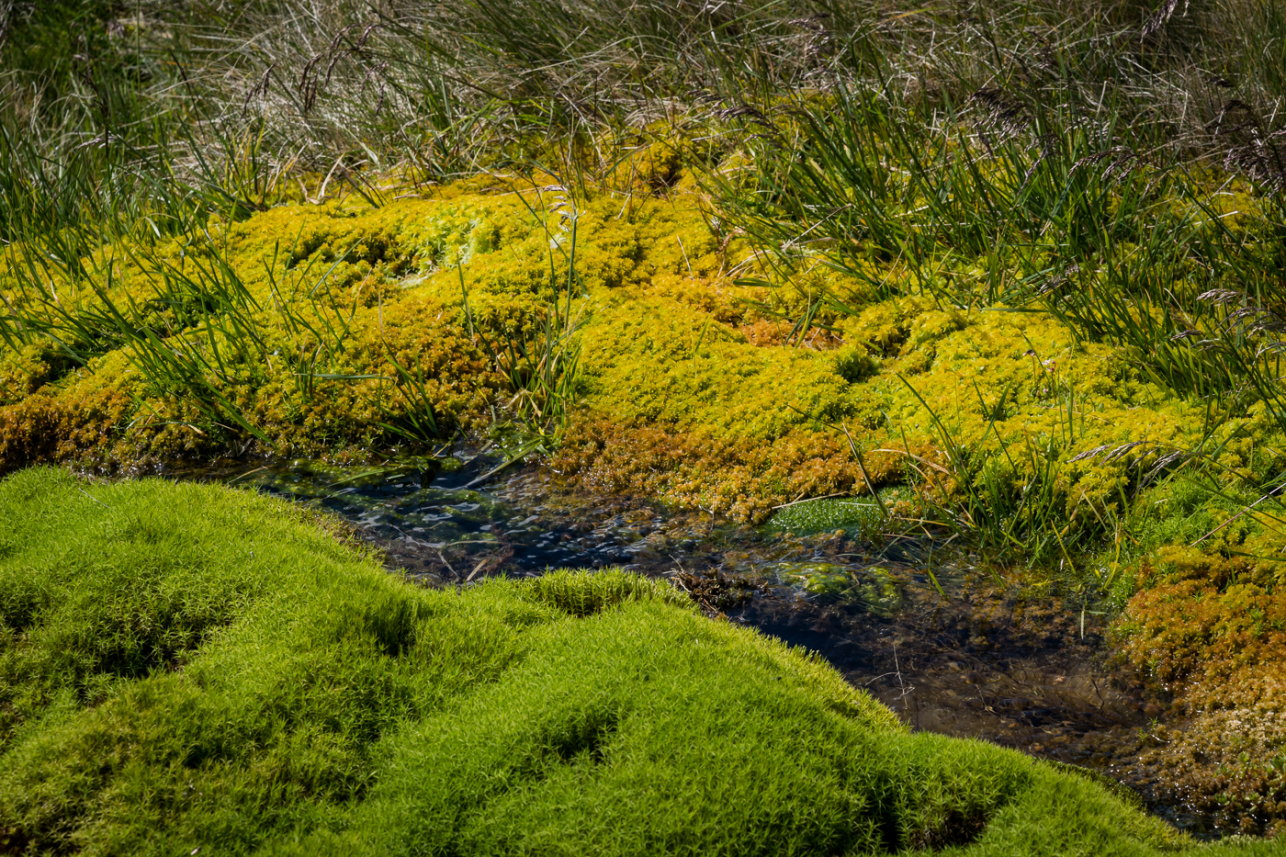Field Notes: Seedlings of hope
Assynt based author Mandy Haggith reports on a community project that's helping to protect the area's elms from Dutch elm disease.

On Thursday 25 January 2024, 43 people gathered at the Little Assynt Tree Nursery, near Lochinver, making a hopeful start to the year by planting elm trees. Elms are important in Assynt as it is the last refuge from Dutch elm disease, which has devastated elms everywhere else in mainland Britain and most other parts of the world.
Local people, led by the Culag Community Woodland Trust, are keen to make sure that elms stand the best possible chance of surviving in the area by protecting existing elms and propagating and planting young trees widely in the landscape.
Genetic diversity is key to the future of elms, and the local project has linked up with the Royal Botanic Garden Edinburgh’s endangered plant specialists who are breeding elms from the few trees in southern Scotland that have survived the disease. Their seedlings will be planted in Assynt along with lots of seedlings from local elms in hope that some of these trees will show disease resistance. The event on 25 January included a ceremonial planting of the first of these potentially resilient seedlings.
There were 22 children at the planting from Lochinver Primary School, along with 21 adults representing various local organisations (Culag Community Woodland Trust, Assynt Field Club, Assynt Foundation, Scottish Woodland Trust, John Muir Trust ) and other interested local people. As well as the school teachers, key helpers were Andy Summers, senior ranger for Highland High Life, Kat Martin, local artist and conservation officer for John Muir Trust, Nick Clooney and Josie Gibberd who run the Little Assynt Community Tree Nursery, as well as Max Coleman from the Royal Botanic Garden Edinburgh. The event and project as a whole is made possible by funding from Scottish Forestry and John Muir Trust.
Before planting the trees, Max Coleman explained the importance of elm. We formed a symbolic seven metre circle around the precious seedling he had brought, (see above photo) imagining how huge it might become if it grows as big as the Brahan elm, which lived not far from here (about 80 miles) and was Britain's biggest elm until it died in 2021. Then Kat Martin led the process of making some portraits of the elms.
Together with the special resilient sapling, 19 other elm tree saplings grown from local see were planted in the field next to the nursery. The nursery has been growing elm from local seed for several years now and these are distributed to other new woodlands in the area locally, as part of our ongoing activity to restore woodland, especially on community land. Some also go to private landowners, crofters and gardeners locally.
Later this year (March/April) more of the potentially resilient saplings will be planted out on two specially chosen sites in Assynt, one privately owned, one community owned. We will be running more events about the ecology and uses of elm to help raise awareness of this important tree.
We are keen to hear ideas from local people about how to protect our elms, and encourage everyone to get to know how to recognise elm and keep their eyes open for any signs of disease. If people have elm logs in their firewood stores, we are encouraging them to burn them before spring in case they are harbouring disease. Dutch elm disease is a fungus spread by a beetle that can overwinter as eggs or larvae under bark.
- Find out more about poet and writer Mandy Haggith.
- Read Max Coleman's piece about the importance of Assynt's 'rainforest elm' in building resistance to disease.
- See more of Chris Puddephatt's photographs of the Assynt Elm Project.

Would you like to help conserve wild places?
Help us connect people with wild places and inspire positive action for nature

